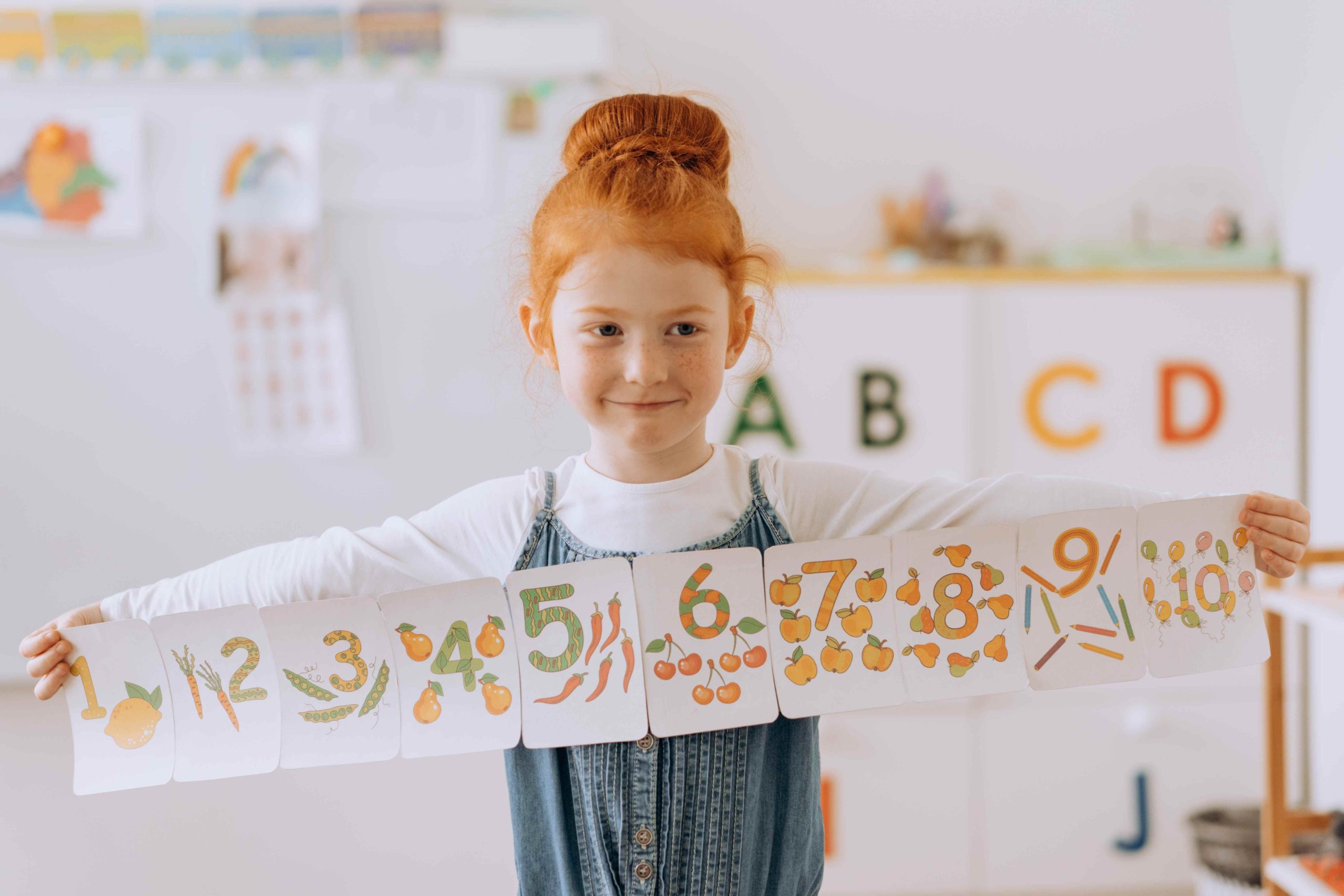
Creating an Effective Bulletin Board for Preschoolers: Important Information to Include
Classroom Schedule and Daily Routine
Creating a visual representation of the daily schedule and routine is crucial for preschoolers and their parents. Using visual aids like pictures and color coding can make it more engaging and easier for preschoolers to understand. Important components to include in the schedule are:
- Arrival and departure times
- Snack and lunch times
- Nap or rest times
- Circle time or group activities
- Outdoor playtime or physical education
- Special classes such as art, music, or library time
Classroom Rules and Expectations
Displaying classroom rules and expectations helps establish a positive and safe learning environment. Utilizing simple language and positive reinforcement is key to helping preschoolers understand and follow.
- Be kind and respectful to others
- Use quiet voices inside the classroom
- Keep hands and feet to yourself
- Clean up after yourself and put toys away
- Raise your hand to speak or ask for help
Student Work and Accomplishments
Another great way to utilize a bulletin board in a preschool classroom is to showcase student work and accomplishments. This not only provides a sense of pride and ownership for the students but also allows parents to see the progress and growth of their child over time. Consider using a rotating display of artwork, writing samples, or other student projects to keep the board fresh and interesting. Some examples of student work and accomplishments to include might include:
- Artwork such as paintings, drawings, or collages
- Writing samples such as letters, words, or short stories
- Science experiments or observations
- Math activities such as counting or sorting
- Physical education or outdoor play achievements
Classroom Themes and Units of Study
A bulletin board in a preschool classroom can also be used to display the current classroom theme or unit of study. This not only provides an engaging visual display for the students but also helps to reinforce key concepts and vocabulary related to the theme or unit. Consider using a variety of visual aids such as pictures, charts, or posters to support the theme or unit of study. Some examples of themes or units of study to include might include:
- Seasons and weather
- Animals and habitats
- Transportation and community helpers
- Holidays and cultural celebrations
- Health and wellness
Important Dates and Events
Another important aspect of a bulletin board in a preschool classroom is to display important dates and events. This helps to keep parents informed and involved in their child’s education, and it also allows students to look forward to exciting events throughout the year. Consider using a large calendar or chart to display important dates, or use separate posters or signs to highlight specific events. Some important dates and events to include might include:
- Parent-teacher conferences
- School holidays and breaks
- Special classroom celebrations or parties
- Field trips or other special events
Reminders and Announcements
In addition to important dates and events, a bulletin board in a preschool classroom can also be used to display reminders and announcements. This ensures that parents and students are kept informed of any changes or updates to the schedule, and it can also help to reinforce classroom rules and expectations. Consider using brightly colored posters or signs to draw attention to important reminders and announcements. Some examples of reminders and announcements to include might include:
- Changes to the daily schedule or routine
- Request for volunteers or donations for classroom activities
- Important deadlines or upcoming assignments
- School or district-wide announcements
Parent-Teacher Communication
Finally, a bulletin board in a preschool classroom can serve as an important tool for parent-teacher communication. This can include information about how to contact the teacher, as well as any guidelines or expectations for communication. Consider using a designated section of the bulletin board to display contact information, as well as a sign-up sheet for parent-teacher conferences or other meetings. Some important information to include might include:
- Teacher’s name and contact information
- Guidelines for contacting the teacher (e.g. email, phone, in-person)
- Availability for parent-teacher conferences or meetings
- Expectations for communication between parents and teacher


